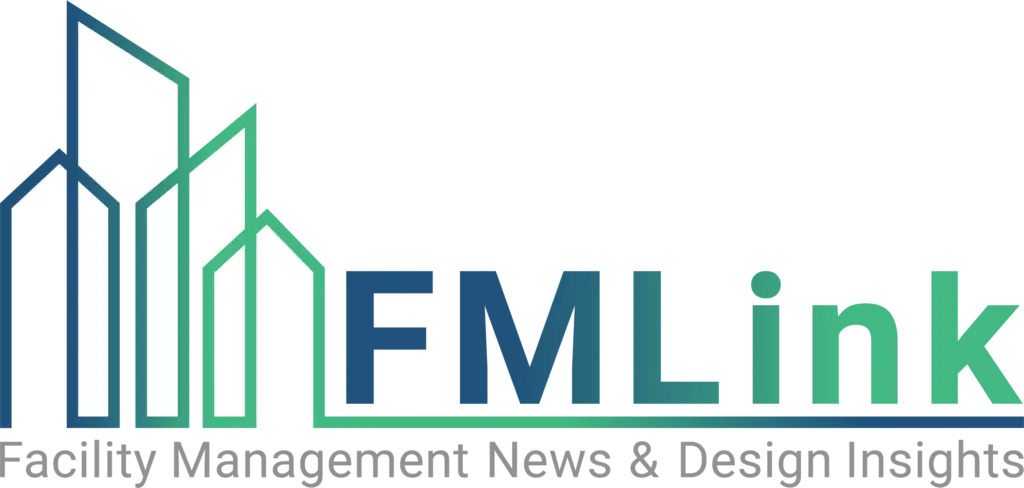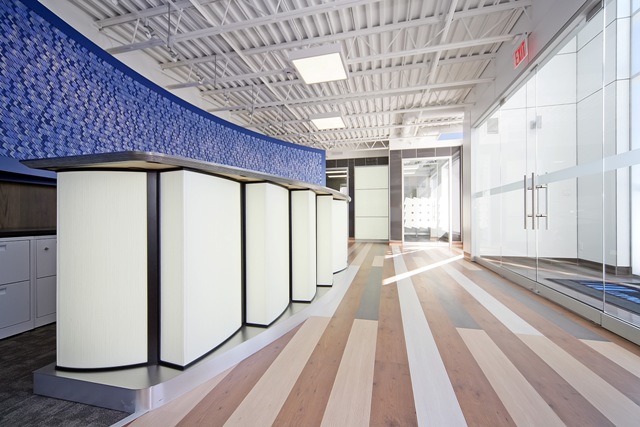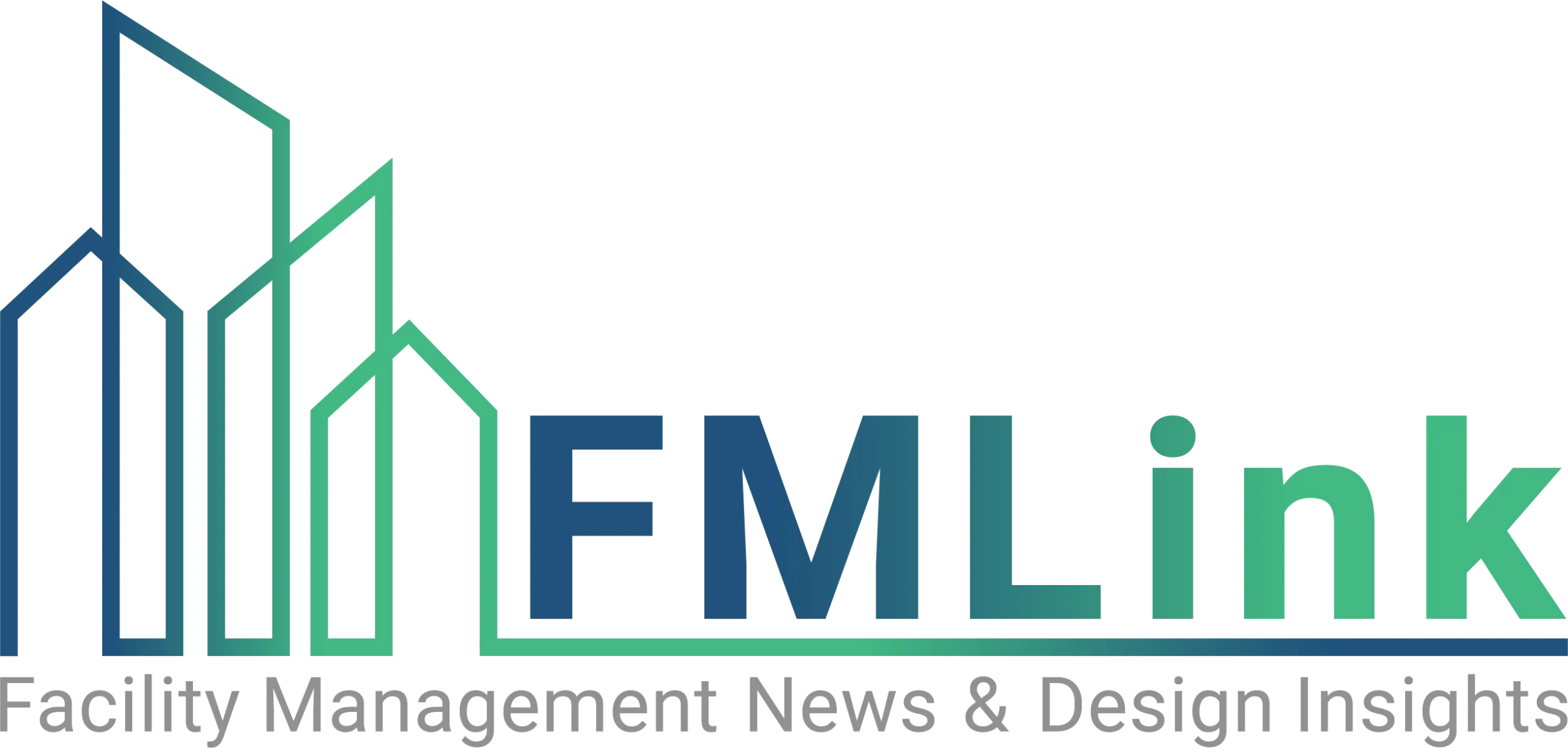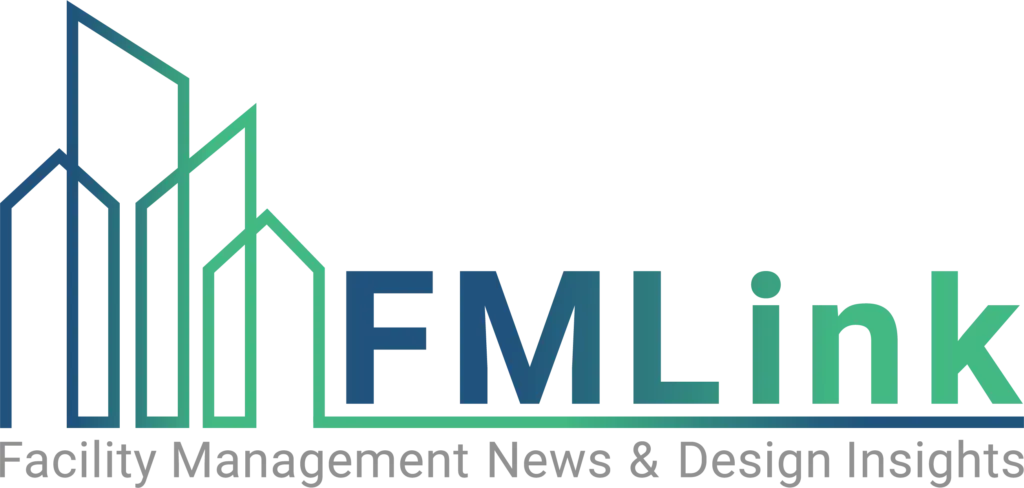March 2019 — It’s spring of 2025, and you just stepped out of a planning meeting with the C-Suite and have learned that two divisions of your financial services firm are co-locating into an existing suburban location and you have six weeks to pull it off. You have some space available, but not enough. You have some furniture, but not enough. There is a lease option that you can take advantage of, but you can’t access that space for 18 months.
Situations like this used to be ‘uh-oh’ moments and cause tremendous disruption and very high levels of stress. You were as much trapped by your standards as you were supported by them. Today, with the proper network and systems in place, this kind of a situation can be managed with relative ease. We are much more mobile, agile, we have access to coworking locations, and more people are working remotely. However, that’s the easy part. Today, it goes far beyond space to integrate goals, policies, and performance.
The Changing Workplace Environment
The function of our workspace and work environments have been changing. Back when people were connected to their desks and we had to come into the office to transact almost everything, the office space was standardized and static. Most decisions were made based on the lowest cost denominator. The primary purpose of the office environment used to be to house a company’s operation and it was not uncommon that the life of the office may have been 20 years or more. The primary role of the facility manager was to maximize efficiency and drive operational cost down.
In the past, we squeezed people into relatively small, but very efficient spaces. Noise became a distraction; meeting space was hard to find; collaboration space did not support the work; and it was difficult to connect with the technology. Operational costs were down, but so was performance.
Since then, our work and the way we work has changed. Where in the past much of the work was transactional, record keeping, documentation and repetitive. Today, creativity innovation and critical thinking are crucial to the success of an organization, and some form of technology has replaced much of the work of the past. Business-related services have grown – technology has both enabled the work that we do and has dramatically influenced the spaces where we work. The workplace is now where people are exchanging ideas, engaging with their customers and collaborating with multiple teams both internally and externally. Face time and social interaction now have a higher priority, and this has forced us to increase travel for meetings to experience more personal communication with project team members.
If we look at how we manage space today, it’s easy to see the difference. There is many more choice and standards are limited. We see the inclusion of more universal design trends, remote working, and specialized teams. There is more technology including Cloud-based software, flat screens, wireless, sensors and now the emergence of AI. These trends are all delivering better services and more customized options, that are providing much more value to the organizations embracing them.
Managing these facilities has taken on multiple dimensions. Now the workspace is monitored, utilization is measured, and adjustments are being made to drive better performance. Making the distinction between performance, usage, or efficiency is essential. While those metrics are still important, there is another layer that forces the Facility Manager to consider the value proposition. However, it is also important to acknowledge that those functions might be better served by a third party, or off-site to improve that workplace’s performance. The Facility Manager’s job is now much more complicated.
Moving Beyond Space
It not just about the physical space anymore, it’s about people and the work that needs to be accomplished. How can the workspace improve as a tool to help drive performance and value for the organization? The Facility Manager needs to go beyond efficiency, cost, and understand what has the most significant impact on driving value. That requires a better understanding of the business goals of the operation, providing the right tools, and types of space necessary to facilitate the work required.
Leaders are looking to achieve strategic goals. Workspace and technology are the primary tools that people use to achieve these goals. To accomplish their goals, they need space that allows people to connect, quietly concentrate, supports capturing ideas, facilitates innovation, builds culture, attracts and keeps talent, enables good communication, drives organizational performance, provides program support, and adapts to change.
Those functions are very different from a few short years ago. They require a very different mindset and thus the emergence of the Next Facility Manager. This role now needs a thorough understanding of what leadership is trying to do. Business leaders are trying to achieve a particular goal, not get 30 employees into a new space by next month. This will not accomplish the goal. It may require 30 additional people, but if they can’t connect or find the right space, can’t understand the purpose of the defined business goal, or the corporate brand, culture, systems and policies, the mission to provide a new space may be doomed to failure.
An Ever-Expanding Role
The Next Facility Manager may be more like a fleet manager for a transportation company. Instead of tracking vehicles, they need to have space available and they need to keep workspaces performing well. They also must track utilization, be aware of which spaces may need a tune-up, and make sure they have the right space for the job(s) at hand. This space might not even be in an existing facility. Armed with the right tools and technology the Next Facility Manager will be able to support the behavior necessary to have a successful and productive workplace. By utilizing many of the now available tools to measure workplace metrics, the Next Facility Manager will have a better sense of which spaces perform better for their organization. The role of the Facility Manager is also one that is expanding to ensure collaboration and communication with other key stakeholders: real estate, technology, finance, operations, HR, and specific program requirements.
The Next Facility Manager role goes beyond the management of budgets, lease expirations, light bulbs, and carpet tiles to integrate things like leadership goals, technology, and wellbeing. The tasks are increasing in complexity as the speed and volume of information will continue to grow, their work will require a broad network of teams and tools to accomplish the organizational goals and execute their facility management goals and responsibilities.
Our workspace will continue to evolve, and the Facility Manager role and responsibility will continue to adapt. It’s become dangerous and reckless to stick with the status quo. Our organizations need to improve in order to survive.




